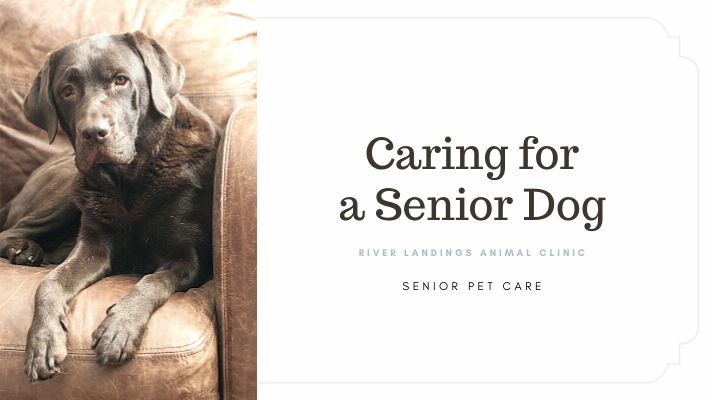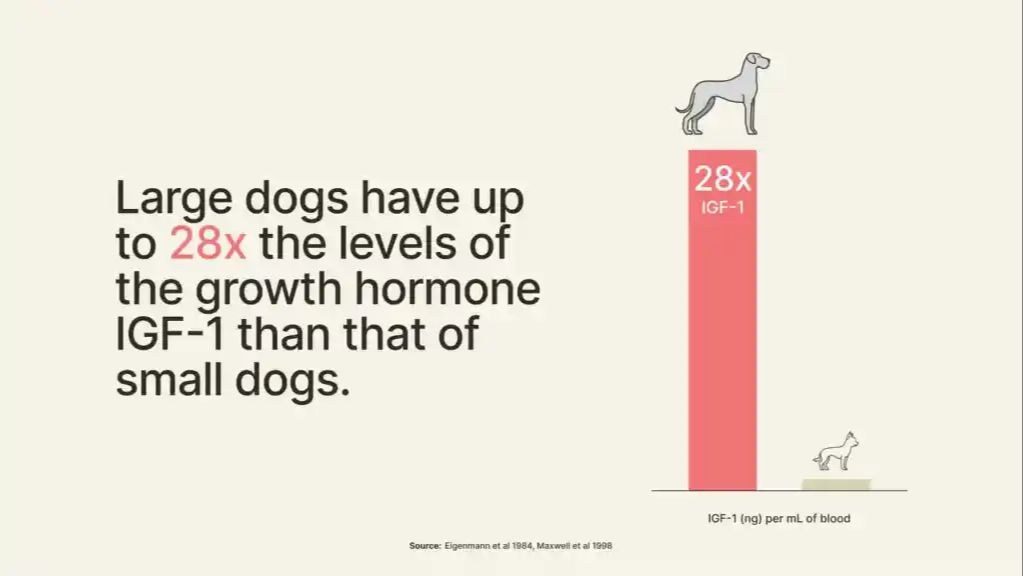Typical Dog Lifespans
The average lifespan for dogs is generally between 10-13 years. However, there is some variability in lifespan based on the dog’s size and breed.
Smaller dog breeds, like Chihuahuas, Yorkshire Terriers, Maltese, and Shih Tzus typically live the longest, with average lifespans between 14-16 years. According to PetMD, smaller dogs tend to live longer than larger breeds.

Larger dog breeds have shorter average lifespans. Breeds like German Shepherds, Golden Retrievers, Labrador Retrievers, and Great Danes tend to live 8-10 years on average according to the American Kennel Club.
There are several factors that can impact a dog’s lifespan including diet, exercise, environment, veterinary care, genetics, and accidental injuries/illnesses. Providing excellent nutrition, regular vet visits, daily exercise, and a safe home environment can help dogs live longer, healthier lives.
Is 14 Old for a Dog?
Whether 14 is considered old for a dog depends largely on the breed and size of the dog. For larger breed dogs, 14 is quite old and most do not live past this age.
According to the American Kennel Club, the average lifespan for large breed dogs like Great Danes, Mastiffs, and St. Bernards is only about 8-10 years [1]. So reaching 14 would be very rare and exceptional for these breeds.
However, smaller toy breeds like Chihuahuas, Yorkies, Maltese and Shih Tzus often live well beyond 14 years old. Per USA Today, these petite dogs typically live 14-16 years on average [2]. For a healthy small breed dog, 14 would not be considered particularly old at all.
In general, smaller dogs live longer than larger dogs. So 14 is middle age for a petite pup, but quite elderly for a big brute. Pay attention to your specific breed’s expected lifespan to determine if your dog is reaching his golden years at 14.
What Impacts Dog Longevity
There are several key factors that influence how long dogs live, including diet and exercise, genetics, veterinary care, and accidents or illnesses. Proper care and preventative health measures can help dogs live longer, healthier lives.
Diet and exercise play a crucial role in longevity. Just like in humans, obesity in dogs leads to health problems and reduces life expectancy. Feeding dogs high-quality food in appropriate portions paired with regular exercise helps maintain a healthy weight and avoids issues like heart disease. Exercise also keeps muscles and joints strong, benefitting mobility in senior dogs.
Genetics significantly influence lifespan. Some breeds genetically prone to diseases like cancer will have shorter life spans. For example, larger breeds like Great Danes have an average lifespan of 7-10 years, while smaller breeds like Chihuahuas can live over 15 years. Hybrid vigor from mixed breeds can increase longevity.
Regular veterinary care, like vaccines, dental cleanings, screening tests, and prompt treatment for illnesses maximizes longevity. Preventative care and early diagnosis of age-related diseases gives dogs the best shot at reaching the upper end of their genetic lifespan potential.
Accidents and illnesses can cut lives short. While not always preventable, steps like leashing dogs near roads, removing home hazards, and avoiding toxins minimize dangers. Still, even with the best care, illnesses or injuries can happen. Though heartbreaking, euthanasia may be necessary with extremely poor prognoses.
Signs of Aging in Elderly Dogs
As dogs get older, their bodies undergo many changes. Some of the most common signs of aging in elderly dogs include:
Graying fur – Just like humans, dogs can start to gray and whiten around their muzzles and eyes as they get older. The pigment cells in their hair follicles gradually die off over time.
Cloudy eyes – A dog’s lenses can become cloudy with age due to nuclear sclerosis or cataracts. This impacts their vision and ability to see clearly.
Hearing/vision loss – Elderly dogs often experience deteriorating eyesight and hearing. Reduced pupil size impacts their vision, especially in dim lighting. High-pitched sounds become harder to detect as well.
Weight/muscle loss – Metabolism slows down as a dog ages, so they may gain weight more easily. Muscle mass also declines, resulting in thinning and weakened limbs.
Limited mobility – Arthritis is common in older dogs, causing joint pain, stiffness, and difficulty moving around and getting up. They may seem slower on walks and stairs.
Caring for an Elderly Dog
Caring for an elderly dog requires some adjustments to their routine care. As dogs age, their dietary and health needs change. Making some simple changes can help keep senior dogs healthy and comfortable in their golden years.

It’s important to adjust an elderly dog’s diet to account for their decreased activity levels and slowed metabolism. Reducing calories, increasing protein, and adding joint supplements can help maintain an aging dog’s energy and mobility. Wet food or adding warm water to kibble can make eating easier for dogs with dental issues. Dividing daily food into smaller, more frequent meals is often helpful as well.
Providing comfort to elderly dogs includes allowing them to rest whenever needed and providing soft, warm bedding off the floor. Orthopedic dog beds, ramps, and non-slip surfaces can make moving around easier for arthritic dogs. Keeping heating pads or blankets handy can soothe sore joints. Adjusting routines to match the dog’s capabilities and energy levels also helps them feel more comfortable.
Managing health issues is crucial for senior dogs. Regular veterinary checkups, monitoring for issues like declining senses, dental disease, or incontinence, and providing any necessary medications or supplements helps maintain quality of life. Being attentive to changes and proactively addressing emerging conditions is key to keeping elderly dogs happy and healthy.
With some adjustments to their care, dogs can continue living full, enriching lives well into their senior years. Showing compassion and understanding of an elderly dog’s changing needs is the best way to support them as they grow older.
Quality of Life Concerns
As dogs reach the end of life, pet owners face difficult decisions around pain management, changes in behavior, and monitoring for suffering. Some signs that a dog’s quality of life is declining include:
- Discomfort or signs of pain such as whimpering, trembling, tension, aggression, lack of appetite, or unwillingness to move around.
- Loss of interest in activities they once enjoyed, like walks, playtime, or treats.
- Accidents around the house or loss of bowel and bladder control.
- Confusion, anxiety, restlessness, or pacing.
- Trouble recognizing family members or previously familiar environments.
- Challenges eating and swallowing food or water.
- Difficulty breathing or signs of respiratory distress.
As a dog declines, a caring pet owner will need to make decisions balancing quality of life with longevity. This involves monitoring the dog’s comfort, retaining a sense of dignity, and being alert to signs of suffering. Some options include pain medication, modifying the home for accessibility, allowing extra time for daily routines, and maintaining a soothing environment. However, euthanasia may eventually become the most humane choice to prevent unnecessary pain and distress when a dog nears the end of life.
Pet owners can use a quality of life scale as a guide when evaluating their elderly dog’s well-being. Tracking behaviors, mobility, and happiness over time aids difficult end-of-life conversations with veterinarians. With thoughtful decision-making, pet owners can prioritize their dog’s comfort and minimize suffering as they reach their final days.
Saying Goodbye
Knowing when it’s time to say goodbye to your beloved dog is one of the hardest decisions pet owners have to make. While it’s tempting to want to prolong your dog’s life, it’s important not to let them suffer unnecessarily just to delay your own grief. There are some signs that indicate it may be time for euthanasia, such as trouble eating or walking, incontinence, chronic pain that cannot be managed with medication, and lack of interest in life.
One way to evaluate your dog’s quality of life is to rate factors like appetite, hydration, hygiene, happiness, mobility, and more on a simple 1-10 scale. Adding up all the scores gives you a good indicator of your dog’s current quality of life. Vets generally recommend considering euthanasia when your dog’s total score falls below 35 out of 100 (Quality Of Life Scale).
If you do decide it’s time, at-home euthanasia can provide a peaceful passing in familiar surroundings. Your vet will come to your home and administer a gentle injection that allows your dog to drift off to sleep in your arms. Take time to create lasting memories like a paw print, photos, or lock of fur. Allow friends and family to say goodbye if you wish.
Coping with the grief of losing a beloved pet takes time. Give yourself room to mourn and find support from pet loss hotlines, support groups, family, or friends. Take comfort knowing you gave your dog a long, happy life and eased their suffering at the end.
Celebrating a Long Life
For dog owners, knowing your pup has reached elderly status can be bittersweet. While it’s amazing to have extra years together, it also means preparing for their final chapter. Focus on cherishing this time and celebrating your long journey together.
Make a photo album or collage showcasing your favorite memories over the years. Get paw print impressions framed as mementos. Share favorite stories and compile a list of your dog’s quirks and nicknames. Remember the joy they’ve brought you over their lifetime.
Do fun activities from their younger years they can still manage, like short walks or car rides. Take lots of pictures and give them their favorite treats. Appreciate each day you have left together.
A long life is a gift. Find ways both big and small to honor your elderly dog and make them feel special. Celebrate the privilege of caring for your loyal companion as they enter their golden years.
The Oldest Dogs
Dogs usually live 10-14 years on average, but some have defied the odds and lived into their late 20s and even 30s. The current verified record holder for the world’s oldest dog ever is Bobi, a Rafeiro do Alentejo breed from Portugal. According to Guinness World Records, Bobi reached the incredible age of 30 years and 268 days old before passing away in 2023.

Bobi lived with the Costa family in the rural village of Conqueiros and was fed a diet of human food like rice, meat and fish. The Costas credit Bobi’s longevity to the love and care they provided over three decades, allowing him to live indoors and treating him like family. Prior to Bobi, the longest living dog was Bluey, an Australian cattle dog that lived 29 years and 5 months before dying in 1939.
While some of Bobi’s longevity comes down to good genes, healthy habits seem to be a common factor for dogs that live well past their teens. Owners of long-living dogs emphasize the importance of routine veterinary care, daily exercise, mental stimulation and a nutritious diet. Avoiding obesity and providing a stress-free, comfortable home environment also helps dogs remain vibrant in their senior years.
Though rare, there are examples of dogs reaching ages of 25-28 through healthy living. With advances in veterinary medicine and care, we may see more dogs break longevity records in the future. But Bobi’s nearly 31 years will be hard to beat and serves as an inspiration for providing dogs with long, fulfilling lives.
Hope for the Future
As veterinary medicine and our understanding of dog health continues to advance, there is hope that dogs may live even longer lives in the future. Organizations like the Dog Aging Project are conducting research to better understand longevity and identify interventions that may extend healthspan. Some key areas that provide hope:
Advances in veterinary medicine are leading to better preventative care, earlier disease detection, and new treatment options that may allow dogs to live healthier for longer. Developments like immunotherapy cancer treatments, improved surgical techniques, and stem cell therapies are giving dogs a better shot at reaching older ages.

A better understanding of the biology of aging and factors influencing longevity is emerging from research initiatives like the Dog Aging Project’s study on rapamycin. This drug has been shown to increase lifespan in mice, and may hold potential for dogs as well.
Keeping dogs physically and mentally stimulated, watching their diet, providing routine veterinary care, and monitoring their health can all contribute to dogs staying active and healthy deeper into their senior years. Advances in our knowledge, paired with attentive pet parents, can lead to longer, fuller lives.